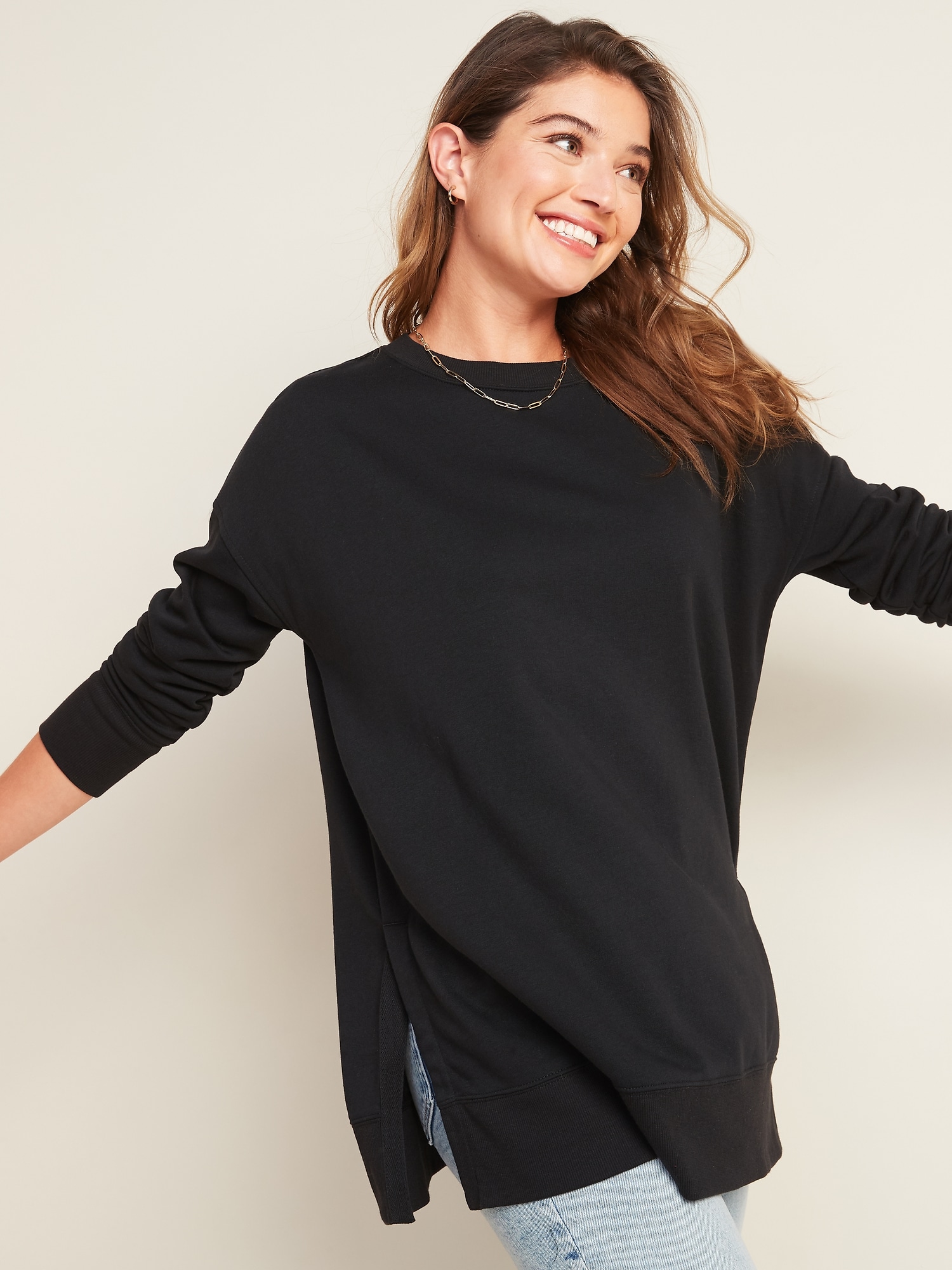Sweatshirts are long-sleeved tops that are constructed from thick cotton fabric. They are generally worn as casual clothing, and are not as dressy as sweaters or cardigans. They do not usually have an Hood. If you're thinking of buying a sweatshirt, here are a few tips:
Norma Kamali sparked the appeal of sweatshirt s
Since the mid-70s, Norma Kamali has been transforming the simple sweatshirt into an art. Her designs have become an integral part of almost every woman's wardrobe. Her distinct designs range from a tummy-tucking crew neck , to leather paneled sweatshirts. Her clothing is also designed in unusual forms, like tanks with an extended trumpet skirt.
A collaboration with the brand and the manufacturer of sweatshirts Everlast gave rise to her Timeless line, which became extremely popular when it debuted in the Spiegel spring 2006 catalog. The collection was made up of convertible and interchangeable knits in classic shapes and a lot of items were priced below $20. Even even if The Norma Kamali Timeless collection wasn't sold in stores, fans were able to find the designs through eBay and Poshmark.
Merino wool sweatshirts feel more comfortable than sweatshirts made of soft wool.
Merino wool is renowned for its moisture-wicking properties, which helps to keep you comfortable and dry. It is a natural fibre that also has a smoother feel. It also drys quickly in comparison to other natural materials. In addition, it is a sustainable resource. The merino sheep shed their coats each year, and then grow new ones.
The weight-to-heat ratio of merino wool is what makes it a popular choice for sweatshirts. It aids in controlling the body's temperature because of its natural loft, which holds heat in the fibers. This is why Merino wool sweater s are great for outdoor and summer activities like mountain biking, hiking, and running. The warmth they provide ensures that the wearer stays cool and dry, which is important for working out.
Zip-front hoodies feature kangaroo pockets.
Kangaroo pocket Hoodies are a very popular type of hoodies. These hoodies feature a huge pocket at the front that keeps your hands warm on chilly days. They're also more practical than traditional pockets because they permit your hands to slide in and out with ease.
The pockets of Kangaroos are typically big enough to fit a wallet or some other small personal items. They are commonly big enough to hold one hand in a smaller size or even large enough to accommodate two hands. They are wide on both sides and make them ideal for carrying small items.
French Terry fabric is a popular fabric for sweatshirt s.
The French Terry fabric is composed of soft yarns made into loops, and are typically medium-weight. It is also renowned because of its capacity to absorb moisture and is pre-shrunk. French Terry is a fantastic option for sweatshirts as it will keep you warm when you're in need and also keeps you cool when you need to cool off.
French Terry is also a popular choice for loungewearbecause it is stretchy and has enough flexibility to feel good against your skin. It also allows air to circulate around the fabric, making it ideal for layering underneath other clothes. Furthermore, since it's lighter than most sweatshirts that you can wear all through the year without feeling warm or cold.

Hoodies have classist connotations
While it could appear that hoodies are just an appropriate clothing item for working class people but the truth is that they are a symbol of class. Hoodies were first used in the early 1970s , in New York, where graffiti artists would wear them to conceal their identities. In 1976 the hoodies made their big appearance in the film "Rocky," when the character from the working class wore gray sweats that were hooded during his memorable climb to the top of the Philadelphia Museum of Art.
Hoodies are usually associated with death, destruction, and other undesirable things, and yet they can also be used for practical reasons. For example, monks and priests can wear hoods to demonstrate the proper manner of dress and to focus on their inner self.
